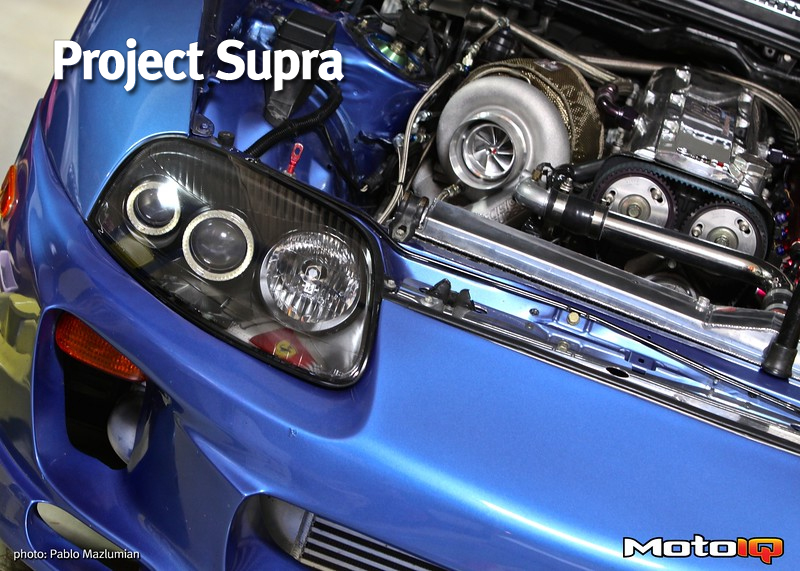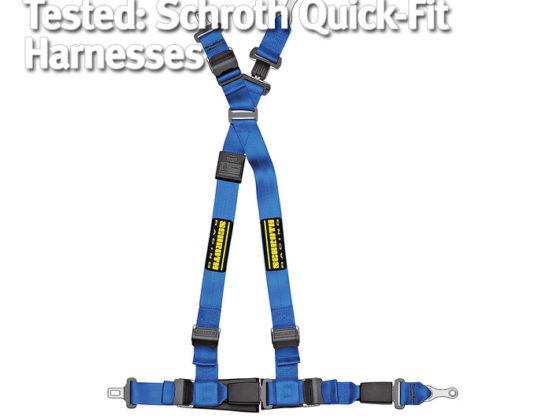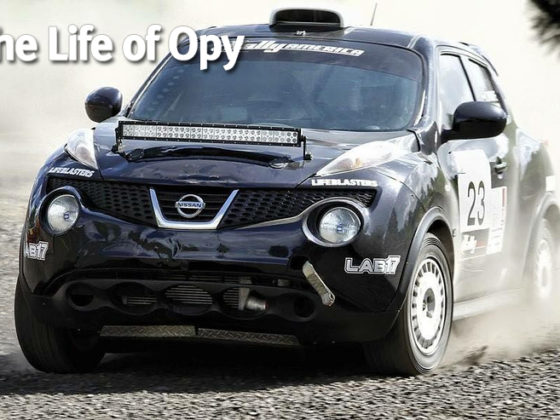,
To be honest, my only hesitation in moving up to a CEA 6870 Gen2 was the possibility of more lag over the CEA 6766. To counter this, you may recall I chose a 1.00 AR divided housing this time as opposed to the 1.15 AR housing I had before with the CEA 6766. While on the tarmac both setups feel similar, still I wanted to see for myself.
The only drawback is that last time I tested the car it was in the winter. Today’s test, on the other hand, was going to happen with a considerable amount of summer heat and humidity, both of which are spool—let alone—power killers and, also in my case, boost droppers as well. Remember, I won’t be able to adjust it on the dyno today. Still, let’s see what we can get, shall we?

While we were only able to hold 23 PSI on the dyno due to the lack of load (it’ll first hit 27 PSI and then instantly drop to 23 PSI, whereas on the road it will hold whatever boost it hits, up to 30 PSI, depending on the weather), we still hit an impressive 730 WHP. Out of curiosity, we also wanted to test a lower boost level. So we simply disconnected the AEM boost control so that it would run off of the wastegate spring, which on the tarmac is steady 17 PSI but on the dyno is 15 PSI, which is still good for 548 WHP. That’s good power at 1 BAR of boost for a 3.0-liter motor that hasn’t had its tuning touched since the addition of this turbo.

I apologize I didn’t get a chance to overlay the graphs with the previous CEA 6766 turbo, but let's still take a look. This was our previous testing of the CEA 6766 Precision turbo at 17, 23, 25, and 29 PSI.
So, compared to the CEA 6870 Gen 2 with a 1.00 AR housing, the 6766 (which had a 1.15 AR housing) needed 1-2 more PSI to make similar power, both at the 550 and at the 730 WHP level. Keep in mind this is also with a difference of about 20F and much more humidity on the dyno too, both of which favor the 6766.
And what about the turbo response? Again, we apologize we don’t have them overlayed for you, but if we look at when both 730 WHP lines hit, you’ll see they’re both right at 84 MPH when 400 WHP is reached. Given the fact that we are still on the same G-Force Rival tires, this also means the same RPM. If you compare the two lower lines, the CEA 6870 Gen 2 has a slight advantage with the 1.00 AR housing.
So, when trying to increase the flow of the CEA 6766 with a 1.15 AR housing, while at the same time not losing any spool-up, we’d say we nailed it with the CEA 6870 Gen2 with a 1.00 AR housing!

As always, this project wouldn’t be where it's at without the AEM Infinity. The speed, flexibility, and ability to produce consistent results makes this one of the best stand-alone programmable ECUs you can buy. Unfortunately for us today, we think that little serial port in the upper left got damaged while leaving the wire plugged in under passenger feet. We'll get that fixed and turn the boost up soon.

The combination of the Swain Tech coating, PTP lava rock turbo blanket, and the dual ball-bearing CEA 6870 Gen 2 Precision turbo make this high-powered turbo also a great spooler on a 2JZ-GTE, and 3.0 liters is not a big engine. Also, if we break down the increased horsepower at different boost levels, we can infer a rough 22 WHP per PSI boost increase (up to a certain point of course). Given the fact our car can sustain 30 PSI at the current setup on the tarmac, we’re looking at an estimated 875 WHP at 30 PSI, and that’s with no extra tuning over the previous setup, and through a 3.5-in exhaust. We hope to verify this soon. And maybe we’ll hit the 900 WHP mark while we’re at it.
Let's check out a speedo video of what this must feel like in the real word on the next page!



